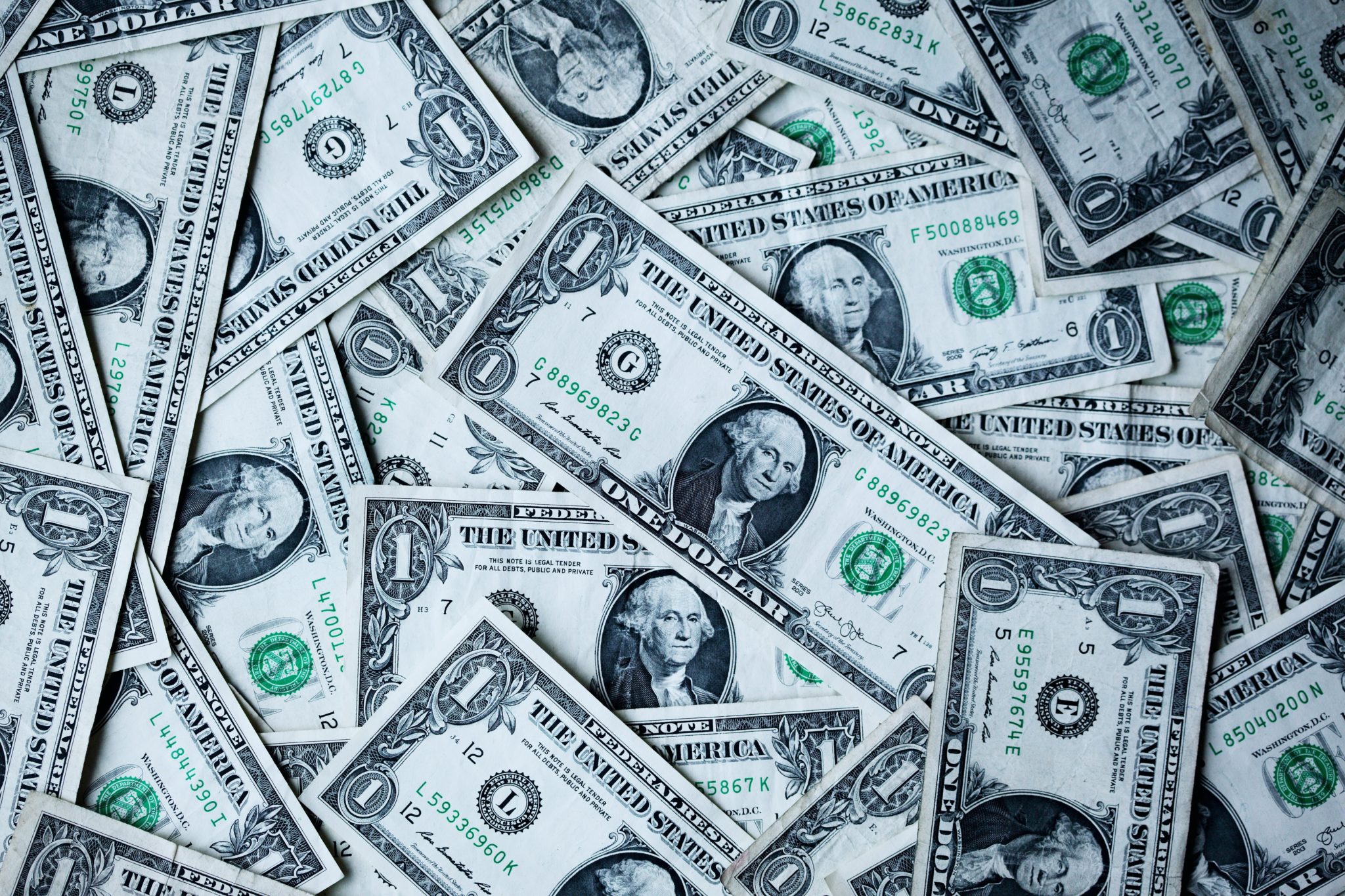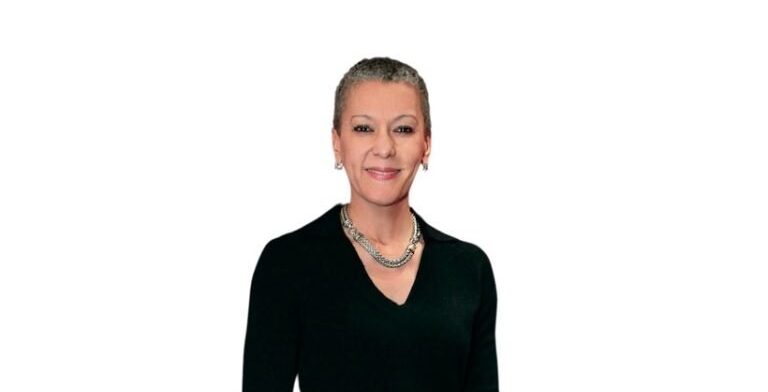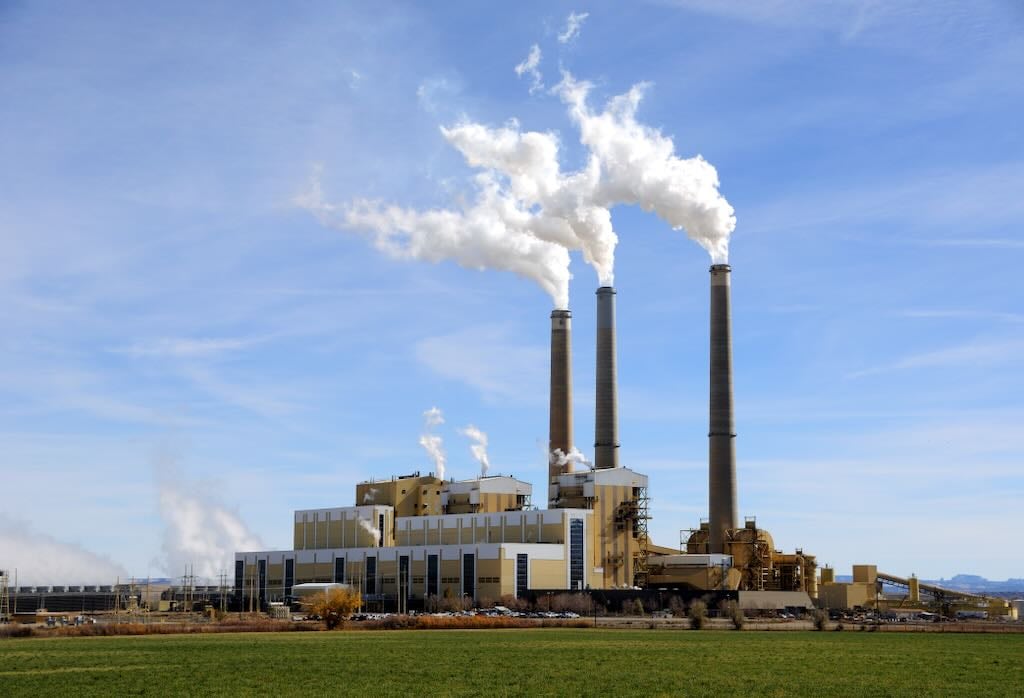Since the U.S. election, our team at Atlas Merchant Capital has received more investor questions than ever before about the macroeconomic outlook. Given the turmoil of 2020—with the pandemic, the tense election cycle and public protests—we are all clamoring for a surer sense of what is to come. While we don’t claim to have a crystal ball, we are decidedly optimistic about the prospects for next year. The real issue is not whether the economy will be strong, but rather how strong.
The big story as far as the economy and financial markets are concerned has not been the election, but rather the early availability of two safe vaccines that are more effective (90-95 percent) than almost any vaccine ever created; and well above what anyone had expected (the FDA had established a 50 percent threshold for an acceptable vaccine). This signals that the end of COVID—along with its devastating impact on the economy—is in sight, and that life should start getting back to normal as early as the middle of 2021.

The near-record rise in November equity prices was largely a reflection of this encouraging news, even as the economic data reveals a loss in momentum. In fact, the outlook for the next few months is grim: COVID infections, hospitalizations and deaths are surging across the U.S. and Europe, creating even more grief as well as a resumption of closures, restrictions and caution that are depressing economic activity. Fortunately, Congress just passed a roughly $900 billion fiscal stimulus package that provides additional support to those individuals, businesses, hospitals and schools that have been hit hardest by the pandemic.
Even with the additional stimulus and rosy prospects for 2021, it is important to recognize the devastation that the virus has wrought and the fact that life will not return completely to what it was before. While employment figures have rebounded impressively since the April bottom, they are still considerably weaker than pre-pandemic levels. The current unemployment rate of 6.7 percent is well above the February level of 3.5, and we have regained only around half of the 22 million jobs lost between February and April. The pandemic has accelerated our dependence on technology; we are using it to work from home, buy more things and order food online, communicate with friends and family, educate our children and entertain ourselves with streaming services. Some of these practices will persist when it’s over, and have permanent effects on things like office building occupancy and business travel, to name two examples.
It is also clear that the pandemic has exacerbated income inequality, which had already risen alarmingly beforehand. Low-paid service workers have borne the brunt of job losses, and the unemployment rate is likely to remain elevated for quite some time, as many of these jobs are not coming back. Meanwhile, low-income households have not benefited much from the surge in the stock market. The disparity among businesses is more obvious. Online retailers and technology companies are thriving, but brick and mortar retailers, airlines, hotels, restaurants and cruise lines—just to name a few—are struggling to survive.

While the advent of effective vaccines is the biggest reason for optimism going forward, it is by no means the whole story. Following the plunge in March and April, the overall economy has performed considerably better than anyone had expected. We came into the pandemic with a healthy economy and private sector balance sheets in good shape with little signs of excess. The virus hit, everything shut down and the economy fell into a deep hole for a couple of months. But the government came through to an extent that we have never seen before, including during the financial crisis. Fiscal stimulus—at north of $3 trillion even before this latest addition—was four to five times bigger than what was enacted during the financial crisis. And the Fed poured nearly $3 trillion into the financial markets in three months, a pace swamping the $3.5 trillion over more than five years in the previous QE episode. The result was a much briefer downturn and a stronger recovery than anyone had expected.
While the labor market remains weak, the massive government stimulus helped to push asset prices and income above pre-pandemic levels in short order, and in the process, elevated consumer spending. Government transfers to households increased by nearly $3.4 trillion—that’s over 15 percent of GDP—between February and April, more than offsetting the plunge in private wage and salary income. While government transfers have fallen significantly since then, it has been offset by a rebound in private earnings. As a result, consumer spending also rebounded quickly and impressively, returning to close to pre-COVID levels by October. Income on the business side has also performed surprisingly well: Non-financial corporate profits are 11 percent above where they were a year ago, consistently outperforming expectations.
While many households and businesses have been devastated by COVID, the overall economy is in excellent position to take off once the virus calms down. The additional fiscal stimulus will not deter the Fed, which has committed to maintaining healthy financial markets even as asset prices soar. Household net worth—which is driven mainly by equity and house prices and is a driver of consumer spending—has already surged nearly 11 percent% from the first quarter to the third and is rising at an even faster pace in the current quarter. And we are about to get the biggest stimulus of all once the vaccines become widely distributed. With many attractive services, such as travel, restaurants, bars, out-of-home entertainment and sporting events unavailable, spending has not kept up with the surge in income, rendering the saving rate at an extraordinarily high level (13.6 percent). Once these services begin to open up after so many months during which people could not indulge in them, there should be enough pent-up demand to produce a spending surge.
The bottom line is that much better times are ahead once we get through the current COVID spike. The economy will rebound and financial markets are likely to continue to perform quite well. Of course, there is no free lunch, and at some point we will have to pay a price for all the extraordinary fiscal and monetary stimulus in terms of budget tightening and either inflation or asset bubbles. But that is unlikely to occur until well after the virus is under control and life is back to normal.
Bob Diamond is a founding partner and CEO of Atlas Merchant Capital.
Larry Kantor is an operating partner at Atlas Merchant Capital.









